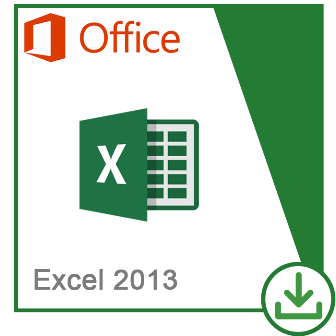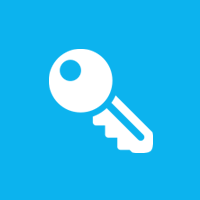
Please wait while your payment is being processed...
Do not refresh or Press back button.




Excel 2013 has a brand new look and new features that let you get away from walls of numbers and make better business decisions.
The new Recommended Charts button on the Insert tab lets you pick from a variety of charts that are right for your data. Related types of charts like scatter and bubble charts are under one umbrella. Slicers can now also filter data in Excel tables, query tables, and other data tables. Simpler to set up and use, slicers show the current filter so you'll know exactly what data you're looking at. Several new functions in the math and trigonometry, statistical, engineering, date and time, lookup and reference, logical, and text function categories.
The new Quick Analysis tool lets you convert your data into a chart or table in two steps or less. Preview your data with conditional formatting, sparklines, or charts, and make your choice stick in just one click. Each workbook has in its own window, making it easier to work on two workbooks at once. It also makes life easier when you're working on two monitors. Flash Fill is like a data assistant that finishes your work for you. As soon as it detects what you want to do, Flash Fill enters the rest of your data in one fell swoop, following the pattern it recognizes in your data.
1 gigahertz (Ghz) or faster x86- or x64-bit processor with SSE2 instruction set
Windows 10, Windows 8.1, Windows 10, Windows 8.1, Windows 8, Windows 7, Windows Server 2008 R2, or Windows Server 2012
1 GB RAM (32 bit); 2 GB RAM (64 bit)
3.0 GB available
Graphics hardware acceleration requires a DirectX10 graphics card and 1024 x 576 resolution
3.5, 4.0, or 4.5
Microsoft Internet Explorer 8, 9, or 10; Mozilla Firefox 10.x or a later version; Apple Safari 5; or Google Chrome 17.x.
A touch-enabled device is required to use any multi-touch functionality. However, all features and functionality are always available by using a keyboard, mouse, or other standard or accessible input device. Note that new touch features are optimized for use with Windows 8.
Some functionality may vary, based on the system configuration. Some features may require additional or advanced hardware or server connectivity.
System requirements are rounded up to the nearest 0.5 GB, to be conservative. For example, if we measure an application's required hard disk space to be 1.99 GB, we recommend 2.5 GB of disk space. Our hard disk system requirements are intentionally larger than the actual disk space usage of the software.